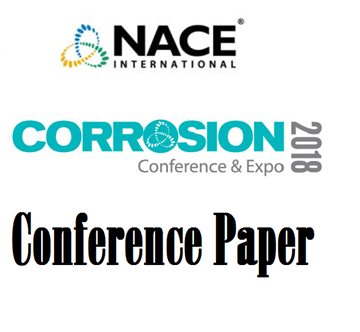Search
51318-11092-Electrochemical corrosion comparison of seamless tubes in UNS S31266 and UNS S31254
Also Purchased
51318-11098- Microbial Assisted Cracking of Admiralty Brass Tubes from Lube Oil Cooler
Product Number:
51318-11098-SG
Publication Date:
2018
$20.00
51318-11084-The Application Limitation Boundary of Duplex Stainless Steel under Sour Condition in Oil Fields
Product Number:
51318-11084-SG
Publication Date:
2018
$20.00
51318-11102-Influence of tungsten on passivity breakdown and repassivation of 25Cr super duplex stainless steels
Product Number:
51318-11102-SG
Publication Date:
2018
$20.00




